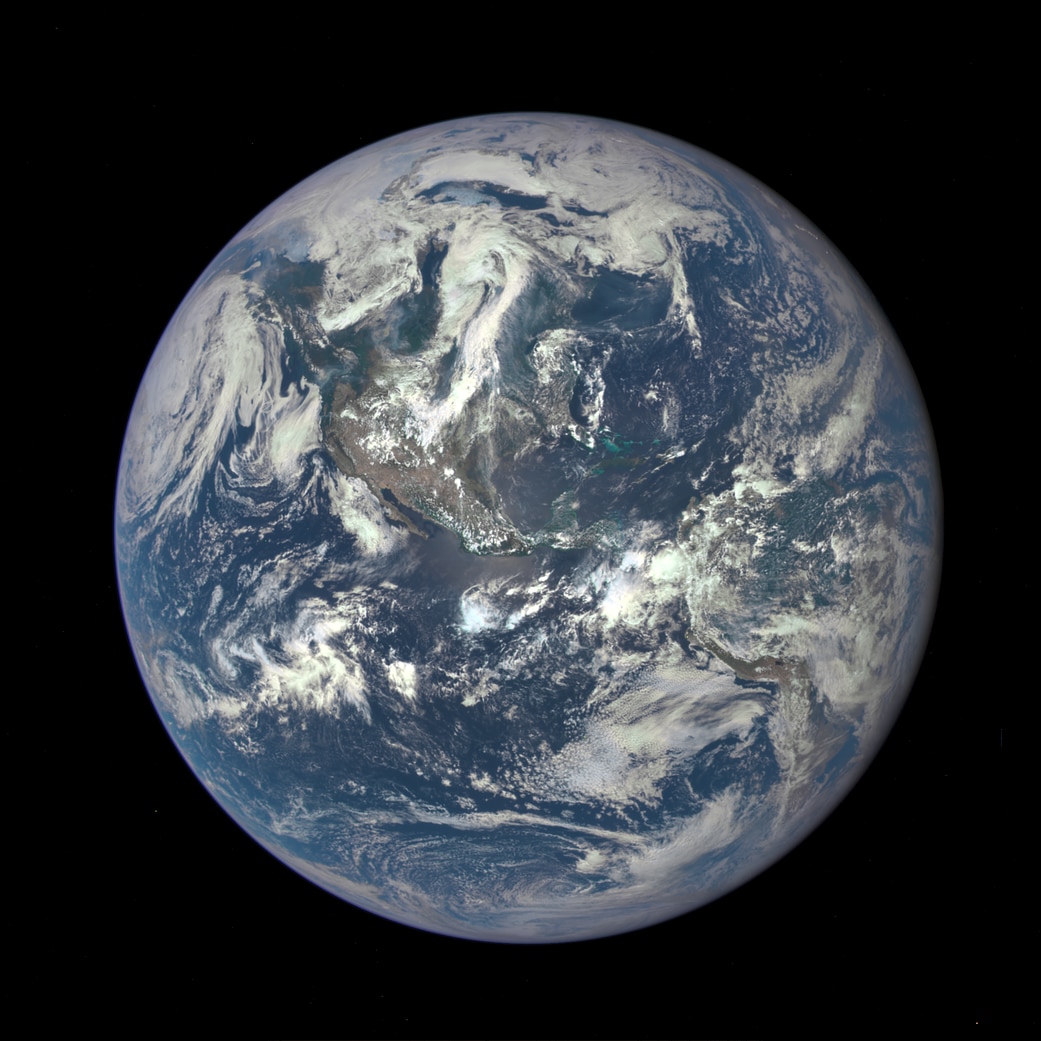Create a free profile to get unlimited access to exclusive videos, sweepstakes, and more!
Earth lost its balance once, and it took 5 million years to get it back
Planets can sometimes lose their balance in a phenomenon called true polar wander; Earth is no exception.

In the past, our planet was not always able to stay still long enough for a decent selfie.
Planets can sometimes lose their balance. When this phenomenon, called true polar wander (TPW), happens, they tip over in space, and it looks as if something is off. Earth has a solid crust and mantle over a liquid outer core, meaning the solid layers above can slide and rotate around the core. Satellites can see if Earth appears to be wobbling now. The problem is that there were no satellites to witness it during the Late Cretaceous, about 84 million years ago.
Researchers Joe Kirschvink and Ross Mitchell set out to disprove other scientists who didn’t believe that there was a Cretaceous TPW event. They painstakingly studied the rock record, finding evidence that they and their colleagues recently published in Nature Communications.
“Although the TPW shift in the Late Cretaceous is large, it's not as large as some shifts that happened earlier in Earth history,” Mitchell told SYFY WIRE. “To test the idea, then, it is critical to obtain many samples over a short amount of time.”
Mitchell and his team thought the Scaglia Rossa Limestone in Italy could have been hiding the proof they sought. They sampled over a thousand paleomagnetic rock cores (about 10 times more than most such studies) over the shortest stretch of time possible. This involved finding ideal cores in the field, much like NASA scientists guide Perseverance to sample rocks that are most likely to tell us about the past of Mars. The Scaglia Rossa cores then needed extensive study in a lab to find out what magnetic evidence of TPW had possibly been preserved in them.
Previous studies of Scaglia Rossa denied there was much evidence for a prehistoric TPW event, and possibly none in some regions, but they were questionable. Some older data suggested a shift really did occur when beasts like T. rex were still terrorizing the Earth. Mitchell and Kirschvink’s experiments found how Earth’s crust and mantle were moving during that era through something preserved in the rock record — fossils of magnetotactic bacteria that navigate by synthesizing backbone chains of magnetite (Fe3O4), a highly magnetic type of iron ore.
“The magnetite grains align with Earth's magnetic field as they fall to the seafloor, and again further after they are deposited as sediments, where water in the pore spaces allows the grains to wiggle around and align with Earth's ambient magnetic field,” said Mitchell.
Nothing actually happens to the magnetic field during TPW. While Earth’s crust and mantle might be unsteady, it remains stable, and so does the magnetic North Pole. Magnetic north isn’t always found in the same place like true north. When a compass needle syncs up with Earth’s magnetic field, you get magnetic north, which keeps changing with fluctuations in the magnetic field that are unrelated to TPW. Even when the mantle and crust move around, magnetic north is not affected. This explains why the TPW shift that happens above the core can be measured.
Magnetism in some of the Italian rocks had revealed more than TPW before. When researcher Walter Alvarez of UC Berkeley found it contained unusually high levels of the rare Earth element iridium, more than would be expected on Earth, he realized the origin of this iridium had to be extraterrestrial. This indirectly led to the discovery of the asteroid that annihilated the dinosaurs. Space rocks aside, Mitchell thinks what is more remarkable about TPW is that Earth can actually find its balance again. It just took five million years to do so.
“It is possible that Earth's lithosphere –– the outer shell involved in plate tectonics –– is elastic enough to serve as a rubber band,” he said. “If TPW stretches its shape in a new direction after the excursion, it will snap back to its original shape and thus assume the previous pole position.”
Do these occurrences mean that we could get thrown into space? You can sigh in relief now. Whenever the planet loses its balance again, we won’t realize it.


























